Introduction
When Do Robins Lay Eggs In Wisconsin: Robins are a quintessential sign of spring in Wisconsin, and the arrival of these cheerful birds often marks the beginning of warmer weather and the blossoming of nature after a long, cold winter. These avian harbingers are not only known for their vibrant orange-red breasts but also for their nesting habits, which raise questions about when exactly robins lay their eggs in the Badger State. Wisconsin, with its diverse landscape ranging from expansive forests to rolling farmlands, offers a unique habitat for a wide variety of bird species. Among them, the American Robin bird is one of the most recognized and beloved. These birds are known for their distinctive songs and their propensity to hop around lawns and gardens, searching for worms and insects.
The timing of when robins lay their eggs is intricately tied to the state’s seasonal changes. Wisconsin experiences four distinct seasons, with winter often being long and harsh, and spring emerging as a welcomed relief. As temperatures begin to rise, plants awaken from their winter slumber, and insects become more abundant, robins start to prepare for the breeding season. Typically, in Wisconsin, robins begin to scout for suitable nesting sites in late winter to early spring, usually around March. They are known to build nests in a variety of locations, including trees, shrubs, ledges, and even on man-made structures like buildings and light fixtures.
Once a suitable site is found, the female robin, with her rusty-orange breast and grayish-brown back, gets to work constructing the nest. The female robin is primarily responsible for building the nest, a meticulous process that involves weaving together grass, twigs, mud, and sometimes even bits of string or plastic. Once the nest is complete, the female robin will lay a clutch of eggs, typically numbering between three and five. The eggs are a beautiful shade of blue, and they are incubated by the female for about two weeks until they hatch. The exact timing of when robins lay their eggs in Wisconsin can vary from year to year and location to location.
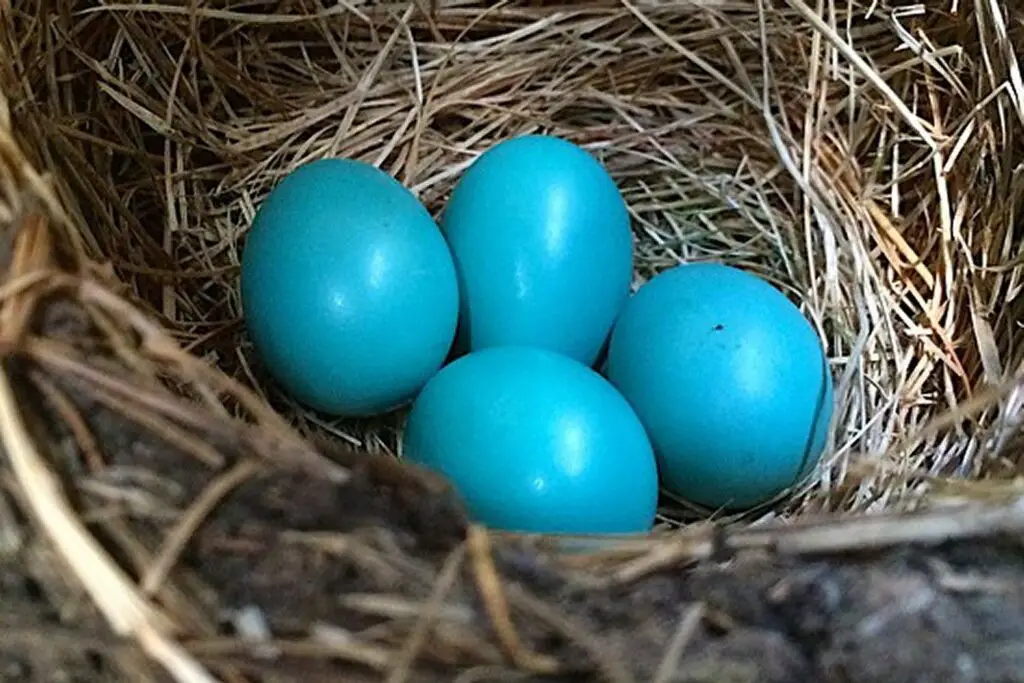
What month do robins lay eggs?
Robins are one of the earliest birds to nest and can begin building as early as January if the weather is mild, although the breeding season usually begins in March. They start laying their eggs between mid-April and mid-August, with baby chicks fledging after around two weeks.
In North America, where American Robins are prevalent, the timing of egg-laying largely depends on the climate and geographical location. Robins are migratory birds, and their breeding season is influenced by the availability of food and suitable nesting sites. However, they are also adaptable and can be found in a wide range of habitats, from urban areas to woodlands.
The process begins with the male robin establishing a territory and singing to attract a mate. Once a female robin is courted successfully, the pair will work together to select a suitable nesting site. Robins are known for their adaptability in nest placement, choosing locations ranging from trees and shrubs to ledges and even human-made structures like buildings and light fixtures.
After settling on a location, the female robin constructs the nest, which is a meticulously crafted structure made from grass, twigs, mud, and sometimes other materials like bits of string or plastic. Once the nest is ready, the female lays a clutch of eggs, typically numbering between three and five. The eggs are a beautiful shade of blue and are known for their distinctive coloration.
How many times a year do robins lay eggs?
Robins have two broods a year. Three successful broods a year is not uncommon, and in a good year even four are known. These multiple broods result in a long breeding season, and nestlings can be found until late July.
First Brood: Robins in many parts of their range begin nesting in early spring, usually from March to April. During this time, they establish territories, court mates, and build nests. The female lays a clutch of eggs, which typically consists of three to five eggs. After an incubation period of about 12 to 14 days, the eggs hatch, and the parents work together to feed and care for the chicks until they fledge (leave the nest).
Second Brood: After successfully raising their first brood, robins often embark on a second nesting attempt. This typically occurs in late spring to early summer, depending on local conditions. Like the first brood, they construct a new nest, lay another clutch of eggs, and raise a second batch of chicks.
Third Brood: In particularly in regions with favorable environmental conditions and extended warm weather, robins may even attempt a third brood in a single breeding season. This third nesting effort can extend into mid to late summer.
What do robins do before laying eggs?
In a robin couple, a male brings his female partner nesting material as she constructs the robins’ nest. The female builds the cup-like nest with mud as its foundation and lines it with grasses, twigs and other plant material before laying bright blue robin eggs.
Robins are territorial birds, and before the breeding season, they begin the process of establishing and defending their territory. This involves selecting a specific area where they will build their nest, find food, and raise their young. Males, in particular, engage in territorial singing to communicate their presence and warn other robins to stay away.
Courtship is an essential part of the pre-egg laying process. Male robins often engage in elaborate courtship displays to attract females. These displays may include singing, puffing up their feathers, and offering food to the female. Once a pair forms, they begin building a strong bond that will facilitate cooperation in raising their offspring.
Finding the right location for a nest is crucial. Robins are known for their adaptability and will nest in a variety of places, including trees, shrubs, ledges, and even man-made structures. The female plays a significant role in selecting the nest site, and she typically inspects several potential locations before making a final decision.
Do robins sit on their eggs all the time?
On The Nest
Mother robins may start incubating their eggs during the evening after the second egg is laid, or after all the eggs are laid. They sit on the eggs for 12 to 14 days. The female usually does all the incubating. Even in good weather, she rarely leaves her eggs for more than 5 to 10 minutes at a time.
While the female spends most of her time on the nest, she does take short breaks to feed and hydrate herself. During these breaks, which typically occur once every hour or so, the male may take over incubation duties. This allows the female to maintain her energy levels, as incubation can be physically demanding.
Both the male and female robins engage in the task of rotating the eggs within the nest. This rotation ensures that all parts of the eggs receive uniform warmth, promoting even development of the embryos. Rotating the eggs also prevents the embryos from sticking to the inner membrane of the eggshell.
In rotation, robins may occasionally turn their eggs. This means they will change the orientation of the eggs within the nest, ensuring that all sides of the egg are exposed to the heat generated by the parent’s body. This helps prevent the embryos from becoming too attached to one side of the egg.
What does a pregnant robin look like?
So if any robin is going to look pregnant, it will be the male. However, all of this is silly because birds don’t become pregnant, no matter how much they’ve had to drink. Pregnancy is a mammal thing. Birds, which need to stay light in order to fly, can’t be weighed down with things growing inside of them.
As a female robin approaches the egg-laying period, her abdomen may appear slightly larger and more rounded. This is because she is developing eggs within her ovaries and reproductive system. However, this change is often subtle and not as dramatic as the visible signs of pregnancy in mammals.
Female robins can become more restless and active during the period leading up to egg-laying. They may spend more time searching for food and materials for nest building, as well as inspecting potential nest sites. This restlessness is part of their preparation for laying and incubating eggs.
Female robins often engage in nest-building activities as part of their reproductive preparation. They collect twigs, grass, leaves, and other materials to construct a nest. Observing a female robin carrying nesting materials is a strong indication that she is preparing for egg-laying.
What do baby robins eat?
For the first four days of a nestling’s life, the parent birds regurgitate partly digested food into each baby’s mouth. By five days of age, the nestlings get earthworms that their parents break into small mouthfuls. The babies eat more each day. Soon parents give them whole worms and large insects.
During the first few days after hatching, baby robins are extremely tiny and vulnerable. At this stage, they primarily feed on a diet of soft, regurgitated insects and invertebrates that their parent robins gather. The adult robins catch these insects, partially digest them, and then regurgitate a nutrient-rich “soup” into the mouths of the hungry chicks. This protein-rich diet is crucial for the rapid growth of the young birds.
As the baby robins grow, their diet begins to transition from a liquid insect diet to a more solid one. The parent robins continue to insects and invertebrates, but they may bring larger and more substantial prey items. These can include earthworms, caterpillars, spiders, and other small arthropods. The parent robins may also incorporate some fruits into the diet at this stage.
When the baby robins are close to fledging, which is the stage where they leave the nest and become more independent, their diet starts to diversify even further. Parent robins introduce a variety of food items, including small fruits like berries, as well as more mature insects that require less effort to capture and consume. This diverse diet helps the young birds learn to forage and adapt to different food sources.
What eats Robin eggs?
The main predators of robin eggs are blue jays, crows, snakes, squirrels. Deer eat a lot of bird eggs and nestlings, too, but only from ground nests. Snakes swallow eggs on the spot, and since you found one egg in the yard, a snake most certainly wasn’t the culprit.
Raptors such as hawks, owls, and kestrels are skilled hunters and can pose a threat to robin eggs. They may spot nests from a distance and swoop in to raid the eggs or nestlings. Corvids like crows and blue jays are known for their intelligence and opportunistic feeding habits. They may target robin nests to steal eggs or even young chicks.
Tree-dwelling squirrels, including gray squirrels and red squirrels, are agile climbers and can easily access robin nests in trees or shrubs. They may consume the eggs or nestlings. Some snake species, especially tree-climbing snakes like rat snakes, can be skilled egg predators. They may climb trees or shrubs to access robin nests and consume the eggs.
Raccoons are highly adaptable and opportunistic omnivores. They are known to raid bird nests, including those of robins, to eat eggs or nestlings. Opossums are nocturnal creatures that may raid nests during the night. They are known to consume both eggs and nestlings of birds like robins.
How many times will a robin use the same nest?
How many times does a robin build a nest in one breeding season? A. Robins goes through the nest-building process each time they produce a new brood, so about two or three times a season. While robins might repair or build on top of a previous nest, most of them build a new nest for each “family” they raise.
Single Season, Multiple Broods: In a single breeding season, robins generally build a new nest for each brood they raise. After successfully raising one brood of chicks, they often start anew, constructing a fresh nest for the next batch of eggs. This is partly due to the fact that the nesting material from the previous nest may be damaged or soiled and not suitable for reuse.
Same Nest Site: Robins may, however, choose to use the same nest site or location for multiple broods within a single breeding season. This means they might build a new nest very close to the site of the previous nest, often in the same tree or shrub. This is a practical choice, as they are already familiar with the area, and it may an advantage in terms of safety and proximity to food sources.
Nesting in Subsequent Years: Robins often return to the same breeding territories in subsequent years, and they may choose to reuse the same nesting site or location from a previous year. They may make some repairs and to the nest to ensure its stability and safety. This behavior allows them to capitalize on a known and successful nesting site.
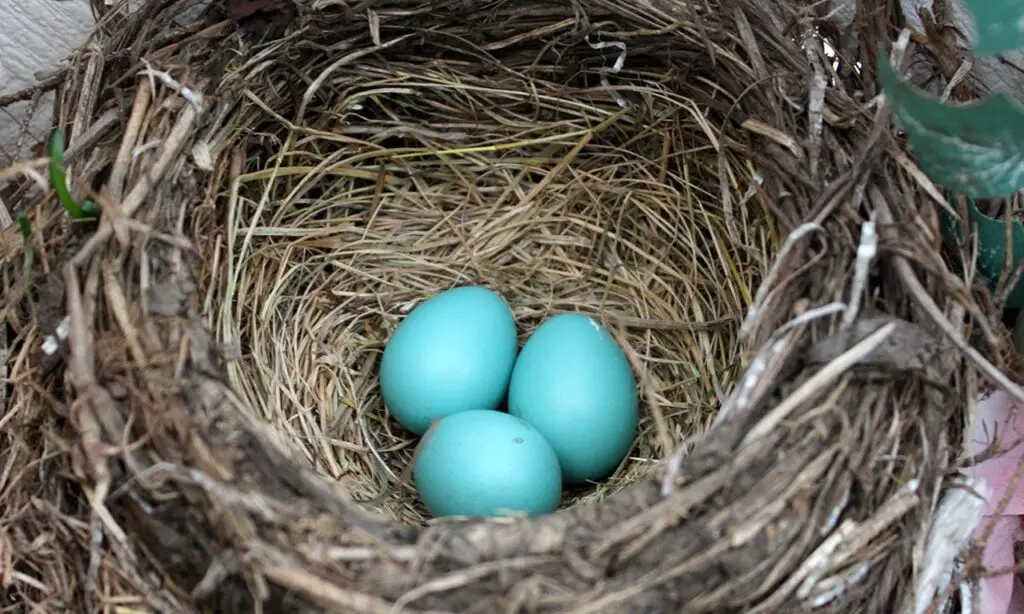
Conclusion
The timing of when robins lay their eggs in Wisconsin is a captivating aspect of the state’s natural rhythm, deeply intertwined with the changing seasons and the beauty of the region’s diverse landscape. The American Robin, with its distinctive red breast and cheerful song, serves as a symbol of hope and renewal as it ushers in spring. As the Wisconsin winter loosens its icy grip and the first robin symbolism signs of spring emerge, robins embark on a journey of nesting and reproduction. Their diligent search for suitable nesting sites begins as early as late winter, often in March, as they scout trees, shrubs, and various nooks and crannies to construct their nests.
The intricate weaving of twigs, grass, mud, and occasional human artifacts like string or plastic creates a safe haven for their clutch of eggs. The actual timing of when robins lay their eggs can vary due to factors such as local weather conditions and food availability. However, as a general, Wisconsinites can anticipate the arrival of robin eggs in April or early May. This pivotal moment signifies not only the onset of warmer weather but also the rejuvenation of nature and the resurgence of life in the state. Robins, with their resilience and adaptability, navigate the challenges posed by Wisconsin’s ever-changing climate.
Their nesting habits reflect their ability to synchronize reproduction with the availability of essential resources like insects and earthworms, which become more abundant as the season progresses. As we observe the charming robin with its vibrant eggs, we are reminded of the intricate dance between wildlife and the environment. It serves as a compelling reminder of the delicate balance that exists in the natural world and the profound influence that climate and habitat play in shaping the lives of these remarkable birds.

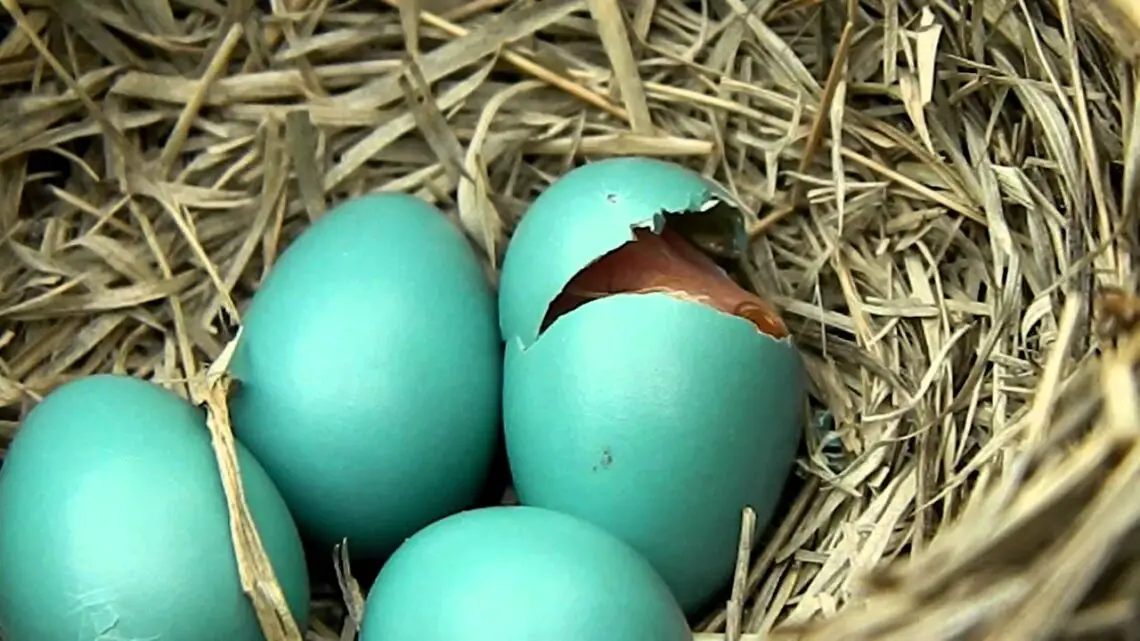
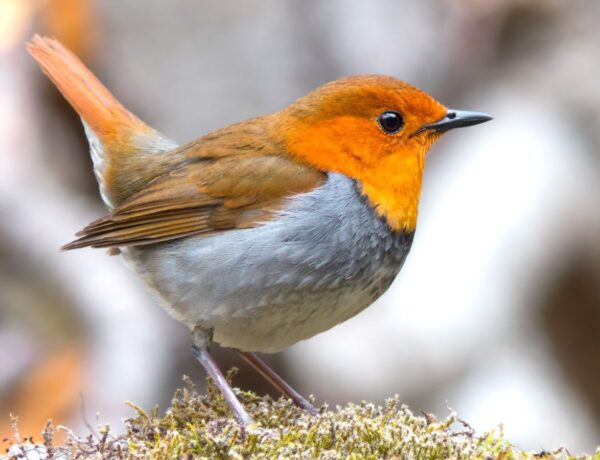
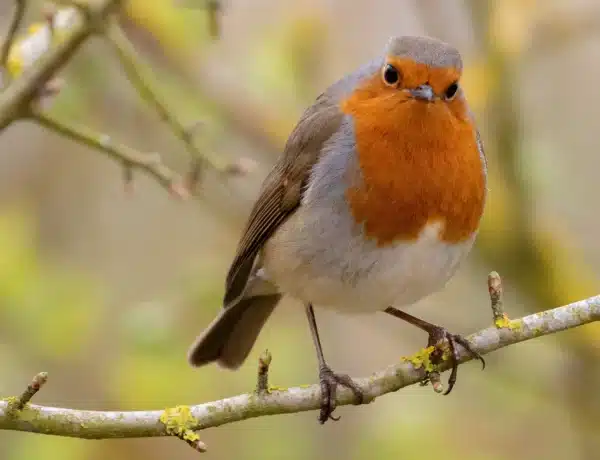
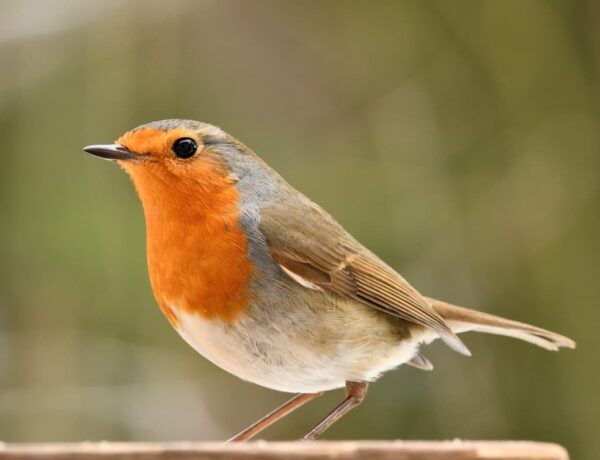
No Comments